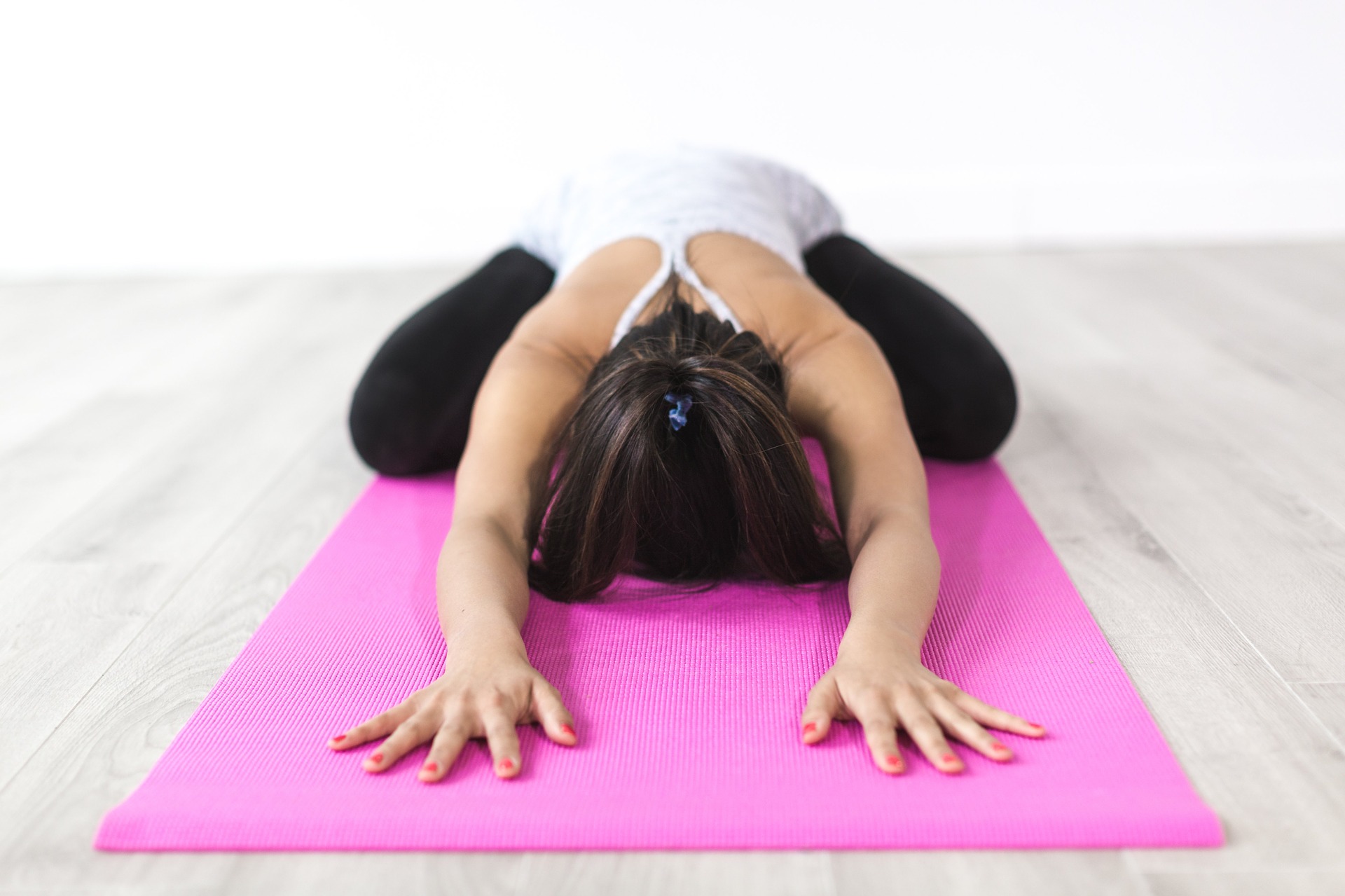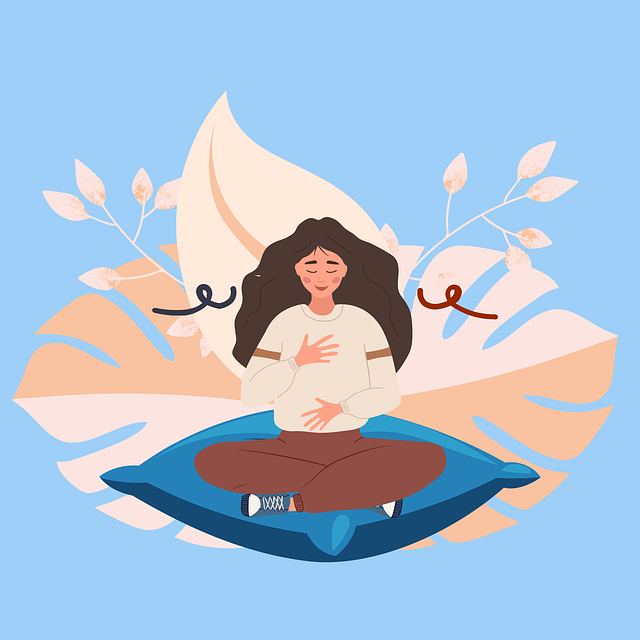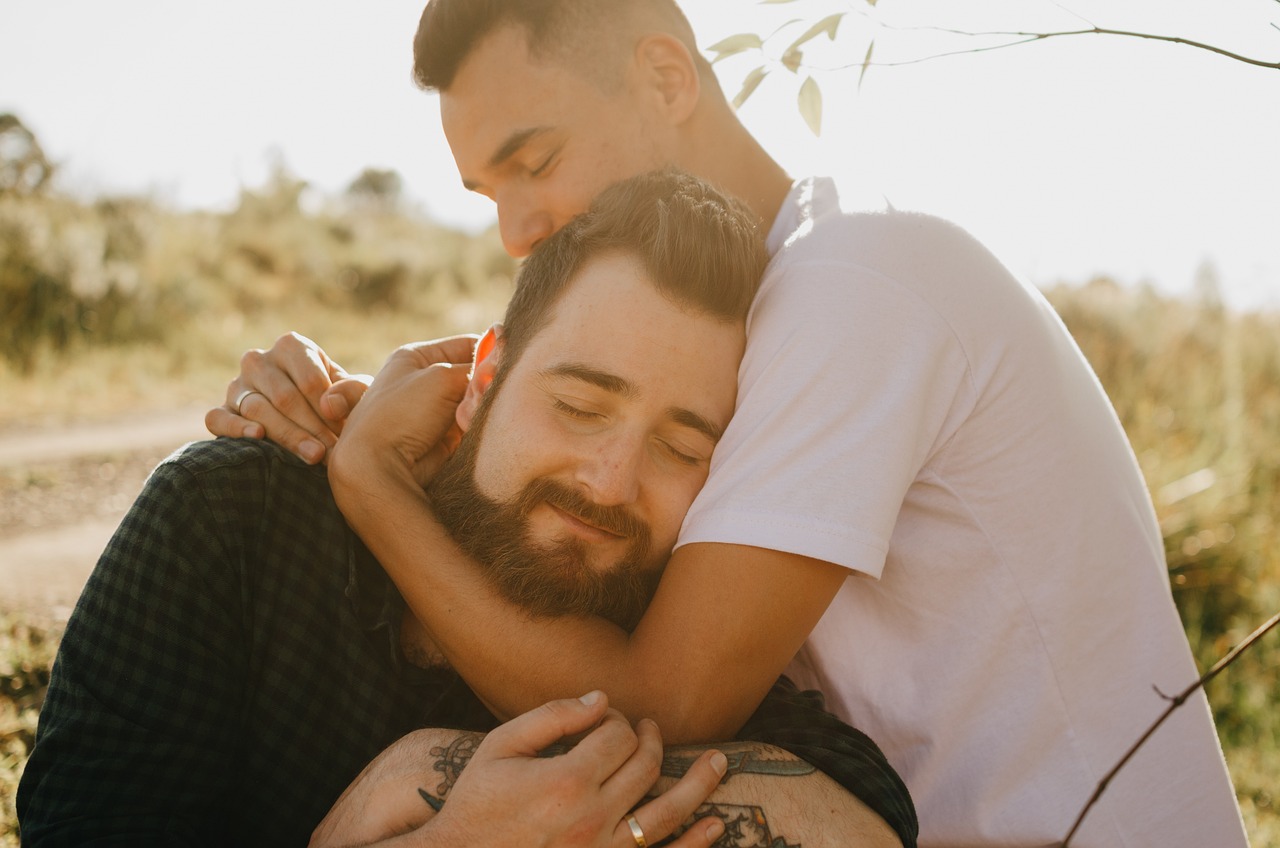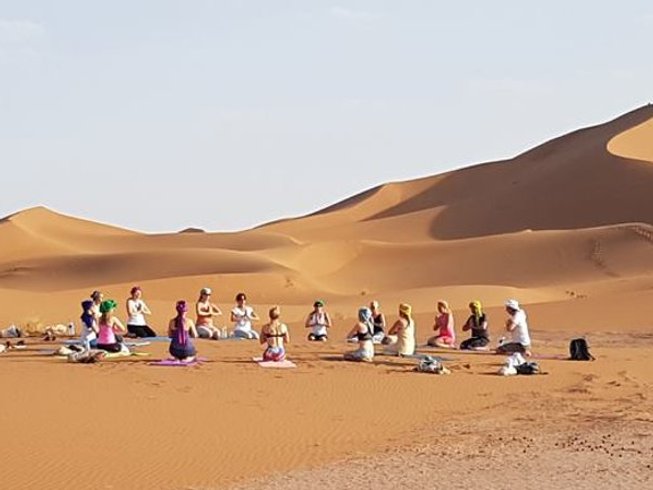Let’s crack the code on what anxiety really is. It’s not just feeling stressed before an exam or a big presentation; it’s a persistent, sometimes overpowering sense of unease or fear that can hijack your day-to-day life. When you know you’re wrestling with anxiety, it can manifest in various ways, from a nagging worry that won’t let go to full-blown panic attacks that leave you breathless.
Now, it’s crucial to understand that everyday stress is different from an anxiety disorder. You might feel frazzled after a tough workday, but this usually passes. However, when you’re dealing with an anxiety disorder, these feelings are intense, they stick around, and they can start to interfere with your job, relationships, and health.
Identifying the red flags of anxiety is your first step toward managing it. Common clues include restlessness, trouble concentrating, rapid heartbeat, and insomnia, among others. Understanding the spectrum of symptoms can help you, or someone close to you, recognize when it’s time to seek support.

Confronting Anxiety: Strategies to Regain Control
You’re going to find out about a range of strategies that can help you manage your anxiety more effectively. It’s not just about one-size-fits-all solutions; it’s about finding what resonates with you and incorporating it into your life.
One of the first steps is identifying the triggers that set off your anxiety. This might mean tracking your experiences and emotions to understand patterns. It’s about being a detective in your own life and unearthing those hidden triggers.
In my opinion, professional help should never be underrated. Therapists and counselors can offer invaluable support. They’re like navigators that help you through the choppy waters of your mind. Don’t shy away from seeking their guidance.
Then, there’s the toolbox of daily practices. Mindfulness, a strong contender in this toolbox, is about living in the present without judgment. Incorporating mindfulness into your day can take various forms, from mindful eating to a walking meditation.
And while we’re discussing strategies, let’s not forget about the power of community. Connecting with others who understand what you’re going through can be incredibly comforting. It’s about building your tribe, whether it’s through support groups or just coffee with friends.
You can always adjust your approach down the road. What matters is that you start taking steps towards managing your anxiety. Each small step is a victory, and it counts more than you might think.
The Harmonizing Power of Yoga: A Natural Ally Against Anxiety

When you step onto the yoga mat, you’re taking part in a practice that has been used for thousands of years to foster mental health. By focusing on the present moment and becoming attuned to your breath and movements, yoga encourages a state of mindfulness, which can reduce the swirling thoughts that often accompany anxiety.
Research has shown that regular yoga practice can lead to significant improvements in anxiety symptoms. It helps to soothe the nervous system, reduce cortisol levels – the stress hormone, and increase the production of gamma-aminobutyric acid (GABA), a neurotransmitter that promotes relaxation.
It might surprise you, but the simple act of joining a yoga class can start rewiring your brain. Through deliberate relaxation and practiced breathing, your mind begins to quiet, and a sense of calm takes root. It’s these changes that contribute to yoga’s efficacy in reducing anxiety and providing a sense of peace.
In the following section, we’ll dive deeper into specific yoga poses that have been found particularly effective for those seeking calm and anxiety relief. Bunny-hopping into Child’s Pose or gracefully ascending into Bridge Pose, you’re going to find out about yoga’s tranquil warriors that stand ready to help you battle anxiety.

Yoga Poses for Serenity: Asanas to Quell the Anxious Mind
I’m going to take you through some specific yoga poses known to be fantastic for tackling anxiety. These positions are designed to calm the mind, reduce muscle tension, and promote a sense of peace.

You’re going to find out about Balasana, or Child’s Pose, which is incredibly nurturing and soothing. It’s like giving yourself a gentle hug, helping to alleviate that anxiety.
How about a pose that literally sets you up for more confidence? That’s Setu Bandhasana, also known as Bridge Pose. It helps to open up your chest and can make you feel as if you’re letting your worries pour out.
Then, there’s the ever-famous Savasana, or Corpse Pose. Some people think it’s just lying down, but it’s so much more. Savasana gives your body a chance to absorb the benefits of your practice and brings you to a state of deep rest, which can significantly lower anxiety levels.
Remember, it’s not about perfecting these poses right away. Your first attempt doesn’t need to be your last. Each pose can be modified to suit your comfort level. Choose something that resonates with you, because that’s the strategy I like to leverage for long-term success.
The Shared Thread: What Anxiety and Stress Have in Common
Anxiety and stress are often mentioned in the same breath, but they’re more than casual acquaintances; they’re intimately connected. Stress is like the spark that can ignite the fire of anxiety. When stress becomes a frequent visitor, it paves the way for anxiety to settle in.
Stress is your body’s reaction to any demand or threat, real or perceived. It’s that heart-pounding sensation when you’re overloaded at work or facing a deadline. Anxiety, on the other hand, is when that feeling persists, even without an immediate threat, often morphing into a constant state of worry or fear.

Recognizing the shared factors between anxiety and stress is critical for managing them effectively. Both can be exacerbated by factors like poor sleep, unhealthy diet, lack of exercise, and inadequate stress-management skills.
So, what can you do? Managing stress through mindful practices like yoga might not only provide immediate relief but also build resilience against anxiety. Whether it’s through the physical postures, breathing techniques, or meditation, yoga offers a multidimensional approach to restoring balance in your life.
You’re going to find out about yoga’s breathing techniques soon; they’re one of the most potent tools for pacifying an agitated mind. Think of them as the oxygen of peace, nourishing your nervous system back to calmness.
Yoga's Breathing Techniques: The Oxygen of Peace
You’re going to find out about Pranayama now, which in Sanskrit literally means ‘life force extension’ and is yoga’s powerful tool for managing stress. Breathing is something we do every minute without thinking, but when you breathe with intention, it’s a different game entirely.
Let’s take a closer look at some breathing exercises. First up is ‘Nadi Shodhan,’ or alternate nostril breathing, known for its calming effects on the nervous system. You can practice by sitting comfortably, placing your right thumb over your right nostril, inhale deeply through your left, and then switch.
Another gem is ‘Ujjayi,’ which you might know as the ‘ocean breath.’ It’s characterized by an audible whispering sound that’s said to be as soothing as the sound of the ocean. This warming breath helps in focusing the mind and slowing down the pace of life.
If you want to bring these practices into your life, start small. A few minutes of conscious breathing can ease you into a state of calmness. You can begin with five minutes before your yoga practice or any time you feel anxiety creeping up.
Now, what about when you’re off the mat? Pranayama isn’t just for your yoga session. It’s a tool you can use anytime, anywhere. Whether you’re sitting at your desk or waiting in line, a few rounds of deep breathing can help you stay grounded.

Mindfulness and Meditation: The Inner Silence That Speaks Volumes
In my experience, meditation is an underrated star in the yoga universe. Often hidden behind the physical poses, it’s a powerful practice for easing anxiety. I want to show you how mindfulness and meditation can become your secret weapons against the chaos of a racing mind.
What is meditation, exactly? It’s the art of focusing your attention in one place, often your breath, and gently guiding it back whenever your mind wanders. It’s normal for thoughts to drift in and out; meditation teaches you to observe them without judgment.

I’m going to walk you through a simple mindfulness meditation you can start today. Find a quiet spot where you won’t be interrupted. Sit comfortably, close your eyes, and take deep breaths. Focus on the feeling of air entering and leaving your body. If your thoughts start to spiral, acknowledge them and gently return your focus to your breath.
Your first attempt doesn’t need to be your last. The beauty of meditation is that you can always refine your practice. Over time, you’ll find it easier to slip into a state of inner peace. That’s going to include times outside of your scheduled meditation – a helpful tool when anxiety strikes unexpectedly.
Incorporating these practices can seamlessly lead you into creating a lifestyle that embraces yoga principles – and that’s what the next section is all about. We’ll explore how to weave yoga more deeply into the fabric of your daily life for a more centered, peaceful existence.
Integrating Yoga Into Your Life: A Journey of Self-Discovery
Embarking on the yoga path for anxiety relief is more than just adopting a series of physical postures; it represents a profound journey towards understanding and nurturing yourself. Through consistent practice, you’ll develop a deeper awareness of the mind-body connection and discover how to foster an inner sense of peace.
If you want to make yoga a transformative tool in your life, remember that the key is regularity and intentionality. Choose a style and pace of yoga that resonates with you, and commit to practicing it as often as you can. It doesn’t need to be hours-long sessions; even a few minutes of mindful movement and breathwork can have a significant impact on your stress and anxiety levels.
Building a community can be immensely beneficial, too. Joining a yoga class or finding a group of like-minded individuals provides support, motivation, and shared experiences. But if group settings aren’t your thing, don’t worry too much about it. There are plenty of resources online, such as guided videos and apps, that can help you maintain your practice at home.
It’s important to note that while yoga is a powerful practice for dealing with anxiety and stress, it’s not a catch-all cure. You might still need additional support, like therapy or medication, and that’s completely okay. Yoga can be a complementary part of a comprehensive approach to managing anxiety.
Remember, your first attempt at yoga doesn’t need to be perfect. It’s a personal practice and it will evolve as you do. With each asana, each breath, you’re inviting calmness into your life and learning how to navigate through anxiety with grace.
I really hope that you’ve found these sections enlightening and that they’ve offered you practical methods to incorporate into your daily life. Keep in mind that the journey through yoga is one of gradual progress and kind self-exploration. Remain patient with yourself and celebrate the small victories along the way.
Here’s to finding balance, strength, and serenity through yoga—on and off the mat. Good luck on your journey to a calmer mind and a lighter spirit.




